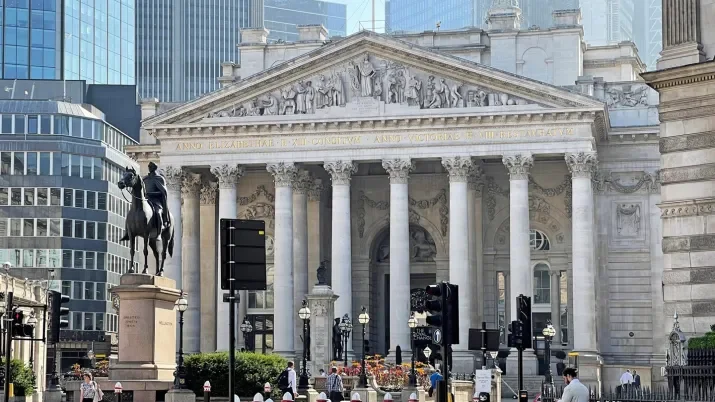Is there enough of an ESG premium in EM?
TwentyFour
Russia’s invasion of Ukraine has triggered fresh debate about ESG considerations in fixed income, particularly when it comes to emerging markets assets. Investors have been confronted with the social implications of an unjust war, the environmental implications of it being part-funded by oil and gas revenues and the need for western states to address their dependence on certain emerging markets for energy resources, and the governance implications of a string of economic and financial sanctions.
The response to the social risks has been clear and swift, with an increasing number of companies withdrawing or ceasing operations in Russia. We expect a heavy premium will be placed on the social element of Russian investments going forward given the Kremlin’s demonstrable attitude toward civilian casualties and the penalties imposed on it own citizens for protesting against the war. We also expect other autocratic regimes will face even closer scrutiny of their social practices, with the likely result being certain sovereigns will see their ESG ‘premium’ increase markedly.
On the environmental side, cautiousness around Russia and other EM countries that are net exporters of oil and gas will also increase. There has obviously been a big focus over the last few years on reducing emissions globally and shifting away from fossil fuels, and this crisis will only speed up developed economies’ plans to shift away from reliance on emerging markets and hopefully towards domestically produced renewables. This might raise questions over the fiscal stability and environmental sustainability of those emerging market countries that have a heavy dependence on oil and gas revenues, and if there is enough of a premium on the sovereign bonds of those countries.
Looking at governance and specifically Russia, the government had previously announced it would be paying its debts to those on its “unfriendly” list in roubles, rather than in the currency of the (offshore) bonds, and this brought about a debate over whether that constitutes a default. This we believed was down to Russia’s unwillingness (rather than inability) to pay, in response to the sanctions imposed as a result of the invasion. Last week the country made a coupon payment in USD, but it is unclear if it will continue to honour its debts. Both the sanctions and the lack of clarity around defaults have also brought about severe challenges in exiting positions in the region, leaving many investors stuck in Russian assets with no path to exit. Governance in emerging markets is also a concern more broadly, especially when we consider recent actions from China. The Chinese government has demonstrated of late that they are not averse to introducing regulation and legislation in corporate sectors that can lead to very volatile price action, such as in the private education sector, gambling in Macau and of course in the property sector, where its actions have even triggered widespread defaults.
China and Russia make up a significant portion of the emerging markets universe and with big question marks over the investability of these two countries the weak sentiment has inevitably spread to other parts of EM. We were already cautious on emerging markets coming into 2022 despite the relatively attractive spreads on offer, given the aggressive hiking cycle expected from the Fed and the lack of progress in the Chinese property sector, among other things. In addition, geopolitical concerns will now remain elevated for some time as we wait and hope for a resolution in Ukraine, and investors continue to digest the implications of Russia’s actions.
EM bond spreads today look cheap historically, and EM dedicated accounts will no doubt be taking the opportunity to lock in higher yields in those countries and names that have simply been caught up in the contagion. However, as a strategic bond manager with a global opportunity set we believe there are better sources of risk-adjusted returns at this juncture. While we eventually expect to see good risk-adjusted relative value opportunities in EM, for now we remain wary since we think spread levels for some sovereigns and corporates will need to reset higher to take account of these increased ESG risks. Timing will be important, especially since after any material dip it is higher quality assets that tend to lead the recovery, and credit selection will be crucial as dispersion will increase.
In parts of the world like Europe or the UK, where ESG investment principles have become an integral and crucial part of credit analysis, Russia’s actions have highlighted that spreads in certain geographies haven’t fully reflected the attached ESG risk, and for most managers this will have been the first real test of their ESG investment processes. Many will now need to place a much heavier weight on ESG considerations in their EM investment decisions, and we expect to see this reflected in the risk premium.




